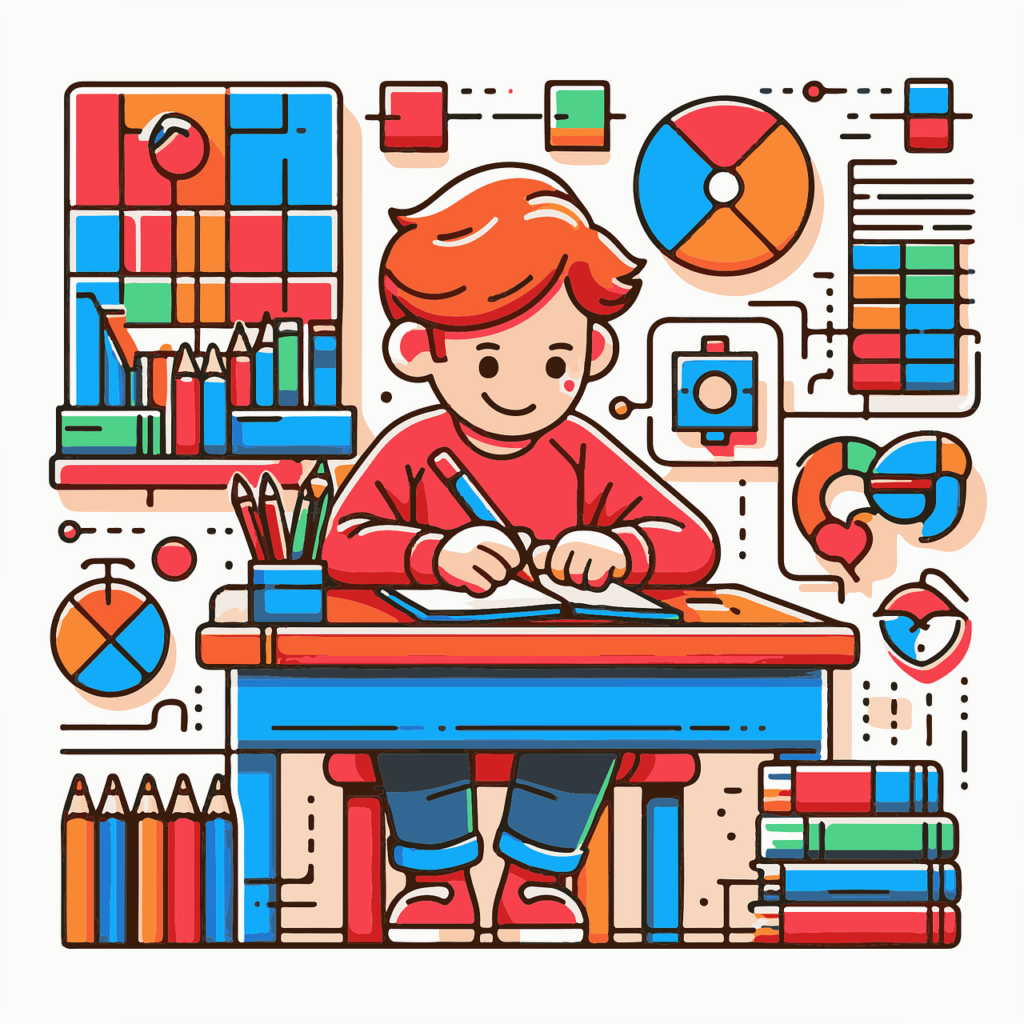Technology Transition Points for Students with Hearing Loss, and the Role of Educational Audiologists and Teachers of the Deaf
Editor’s note: This regular column by Dr Pam Millett has also been included as an article because of its importance providing the reader with a valuable insight into some issues regarding educational audiology.”

Throughout a student’s journey from kindergarten to postsecondary education, there are a number of educational transition points that teachers know to anticipate, particularly for students with learning challenges. However, educational audiologists and teachers of the deaf and hard of hearing know that these can be points where consideration needs to be given to possible technological changes. As discussed in my last column about the importance of ensuring that educational audiologist and teacher of the deaf positions, and specialized supports are not lost, school staff will not have the necessary expertise to understand how these transitions might make the student’s current classroom hearing technology less effective, or how making changes can be hugely supportive to learning.
School Entry

Starting kindergarten is a big step for all students. In Canadian jurisdictions that have universal newborn hearing screening programs, we have invested a great deal of time, money, and commitment to ensuring that students come to school with age-appropriate language and early literacy skills (or as close as possible for that student), and we want to keep that momentum going. The average kindergarten learning environment is light years away from the home environment or even daycare or preschool. For example, in Ontario, kindergarten happens all day, every day. Recent changes to the kindergarten curriculum put more emphasis on teaching reading, which may be a challenge for students with hearing loss who still require more time developing language before moving to reading. There are at least two adults in the room, a team teaching partnership consisting of a teacher and an early childhood educator (ECE), and sometimes an educational assistant (EA). In Ontario, amendments to the Education Act allow for an average class size for kindergarten of 26 (averaged across the school board), and a maximum size of 29 students. Take a moment to imagine the noise levels of a room with 29 three-, four-, and five-year-olds. However, FM system use can be challenging in kindergarten. Learning does not revolve around sitting and listening to the teacher for extended periods. There is some “circle time” when students are all together listening to the teacher or ECE, but also significant periods at the water or sand table, doing crafts, or other small group activities. As audiologists, we know that personal FM systems provide a better signal-to-noise ratio than sound field systems; however, they also require that the student can report whether the student is on and functioning, and to indicate when the teacher has forgotten to mute. Some remote microphone systems require students to perform a task (such as initiating streaming every time the transmitter is turned off or the transmitter/receiver are out of range for more than 5 minutes), something that most 3- and 4-year-olds are unlikely to be able to do. The issues around using streaming technologies (e.g. Bluetooth remote microphones) in classrooms that I discussed in 2018 still exist today. Personal FM systems that require receivers to be put on and taken off every day also require an adult with the time to do this (while keeping track of 28 other little ones). There are many factors to consider when choosing an FM system for kindergarten; educational audiologists and teachers of the deaf are the professionals who can do this. They need to be involved in transition meetings into kindergarten, so that the best decisions around technology can be made. They also understand issues around funding for this equipment, which varies widely across provinces – in some provinces, the school board pays for all classroom technology such as FM systems; in others, parents are expected to purchase these systems.
Transitioning from Grade 3 to Grade 4
Moving from grade 3 to grade 4 involves an important conceptual transition for all students. In the “primary” grades (i.e., kindergarten to grade 3), an important focus is on learning to read – developing phonemic awareness, introducing phonics and sound-symbol relationships, and laying a sound foundation for comprehension through links to language. When students move into grade 4, the mechanics of reading are assumed to have been mastered, and the focus moves from “learning to read” to “reading to learn”. Students are expected to have the foundational literacy skills to be able to read text for the purposes of learning the information contained in it. While this transition point does not seem to have much to do with technology, it can be difficult for students or mark the beginning of academic struggles if students are not competent readers. For struggling students with hearing loss, the demands of listening effort take away the energy and processing power needed to keep up with the instruction.
Moving into the “intermediate” grades (grades 4-6) may also involve students having more teachers, with the introduction of new subjects such as French, and homework becomes more of a daily expectation. Grade 4 is a good time to check in on learning (even for students who are doing well) and see if any changes to hearing technology could help support student learning. This might include introducing an FM system if one has not been used previously, changing from a sound field system to a personal FM system, adding a passaround microphone, etc.
Middle School
The biggest change in middle school (grades 7 to 9 or 10), is the move to rotary classes. Students no longer spend the majority of the day in one classroom, they move to a different classroom (with a different teacher) for each class. This creates the additional challenge of learning from teachers with a greater variety of speaking and teaching styles, and learning in a wider variety of classroom acoustical conditions. There may be a greater need for an FM system for students who have not used one previously. For students who used sound field systems in elementary school, conversations must be had with parents, students and school staff before grade 7 entry, as sound field systems are generally not an option in middle and high school. Students will also be expected to manage their technology independently; homeroom teachers will not have time to help students ready themselves for the day, and teachers will expect students to bring the transmitter to them, ready to be worn, and to know if it is not working. Navigating FM system use in middle school (and then high school) can be stressful for students with hearing loss, who typically don’t want to be seen as different in any way from other students. Educational audiologists and teachers of the deaf can help students and families with strategies, and help school staff understand the issues.
High School

High school includes the challenge of rotary classes, but also includes an expectation that students will manage their own lives, schedules and learning independently. Most high schools in Ontario are semestered, meaning that students take 4 courses per term (rather than more courses spread out over an entire year as is more typical in middle school). This means that they have (for example) their math course every day instead of every few days, requiring good organization skills, good time management skills and good study skills in addition to content knowledge. High school students vary widely in their use of hearing technology – some use their systems consistently and take advantage of the many features that they offer (such as using a table microphone for small group work); others do not even want to discuss the possibility of an FM system. Again, educational audiologists and teachers of the deaf need to be involved. Even if students are unwilling to use FM systems, there is an important role for these professionals to help students understand their own hearing losses (for example, how to read their own audiogram), and to talk through communication challenges at home, school and in the community (for example, what to do about wearing a football helmet if you have hearing aids).
Transitioning to Postsecondary Education or the Workplace
In my recent conversation with Angela Harrison, assistive technologist at McMaster University, we talked about important technology considerations for postsecondary education, and the fact that these conversations should start at the least, early in grade 12. Grade 12 is a good time for educational audiologists or teachers of the deaf to discuss technology options that might not be commonly used in high school, but that would work well in postsecondary education or in the workplace. Funding for technology in postsecondary education or the workplace is an important topic to discuss, so students and families have informed expectations.
Educational transition points are well understood by teachers and other school professionals, in fact, there is generally a designated section for transition planning in Individual Education Plans (IEPs). However, the fact that there can be a tie-in with hearing technology considerations is likely not understood. Educational audiologists and teachers of the deaf are the professionals best positioned to support learning at all stages through the use of hearing technology.

